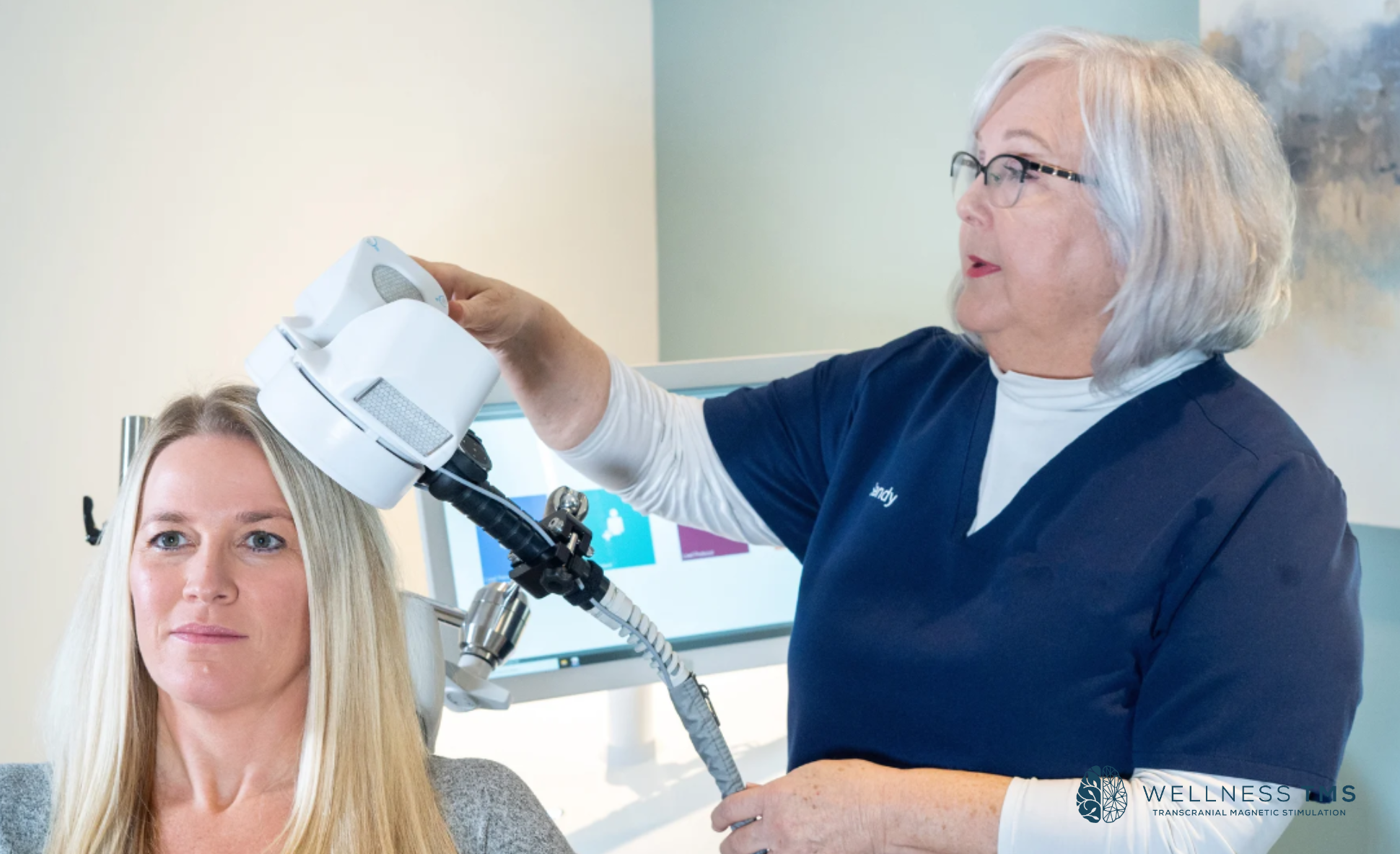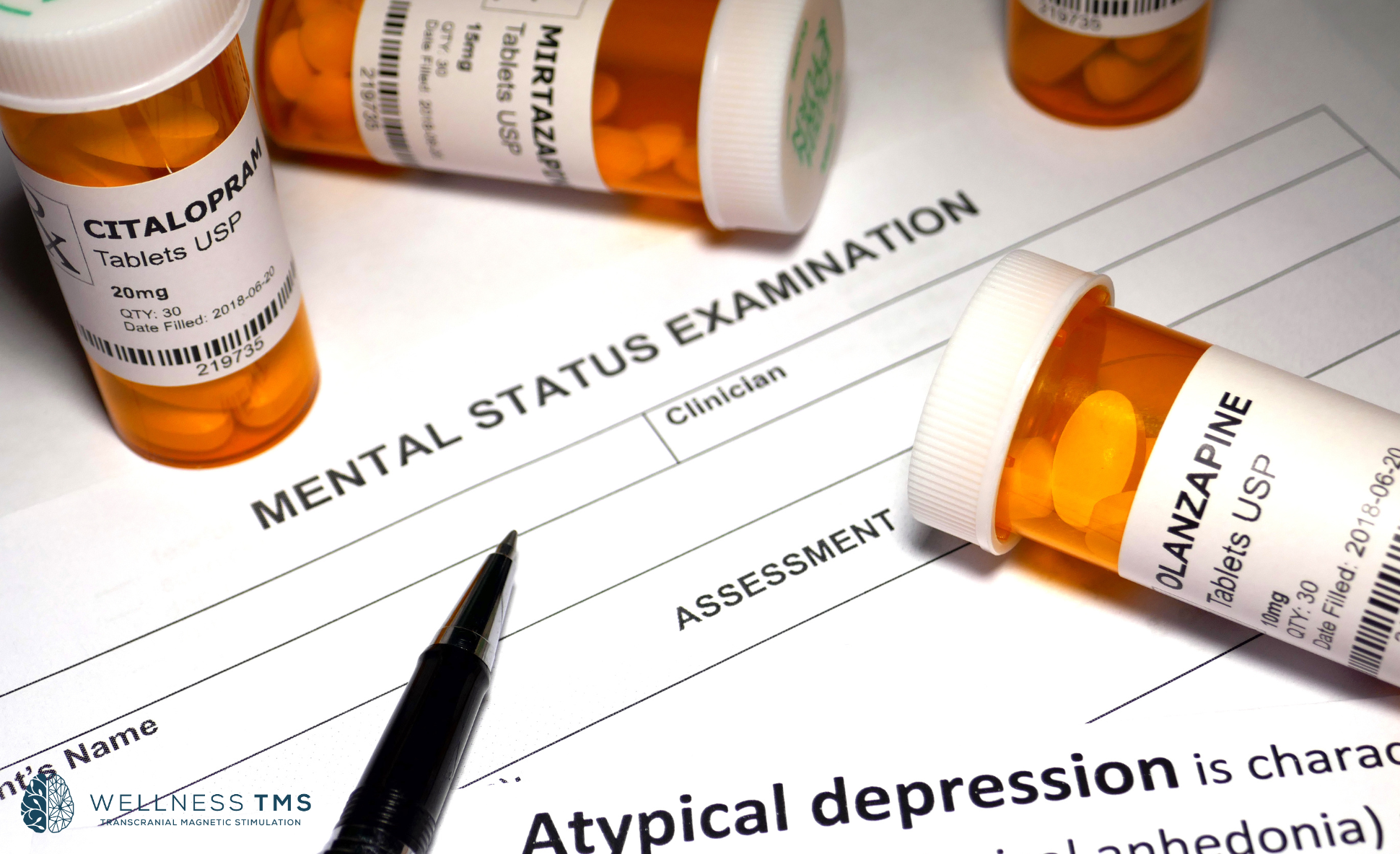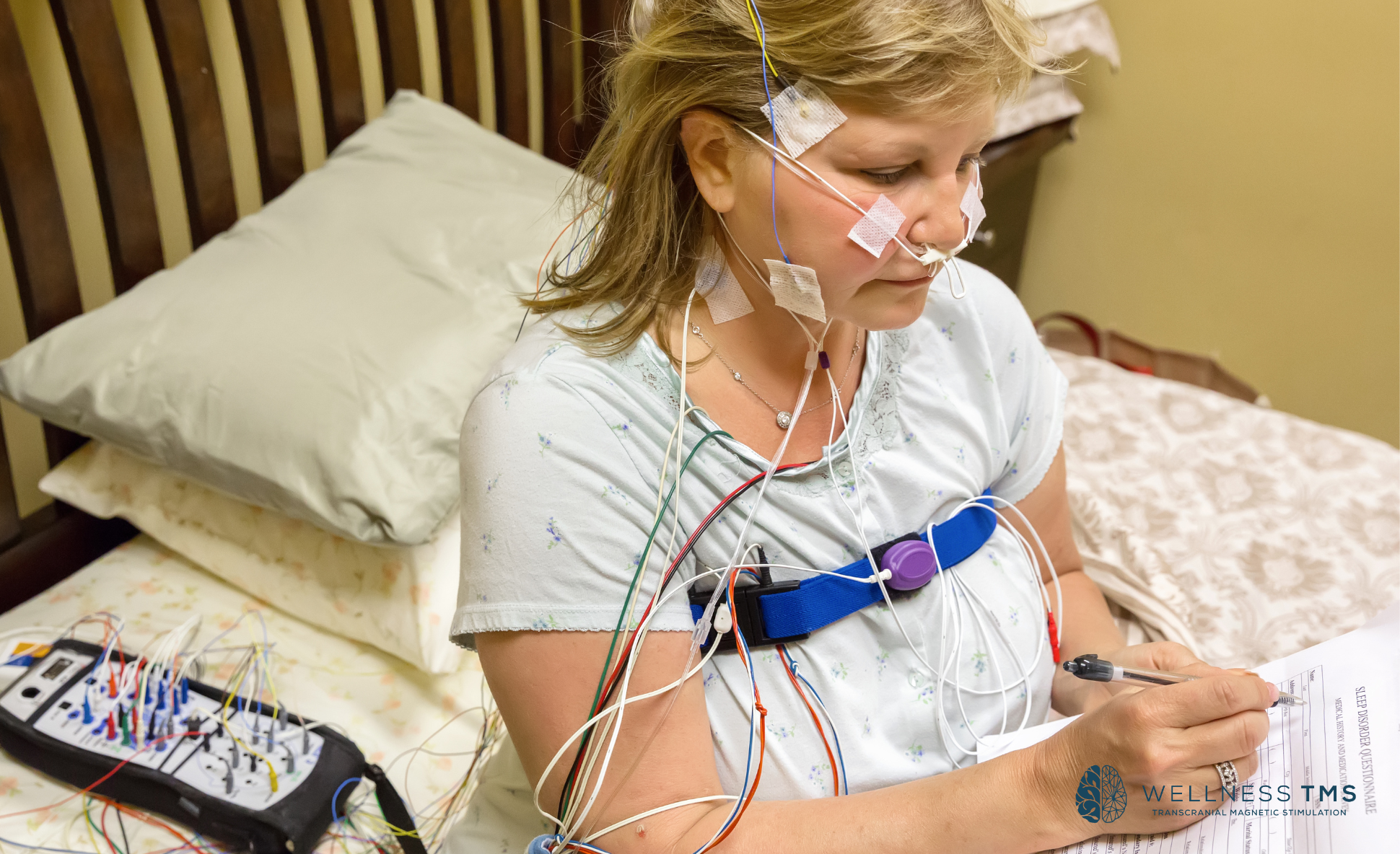Highlights:
- TMS Therapy Overview: The article provides an overview of Transcranial Magnetic Stimulation (TMS), highlighting its noninvasive nature and use of magnetic fields to stimulate nerve cells in the brain. FDA approval for depression and OCD treatment, as well as off-label applications like smoking cessation, are discussed.
- Procedure and Mechanism: It explains the TMS procedure, which involves delivering magnetic pulses to specific brain regions associated with conditions like depression and OCD. The article emphasizes that TMS is entirely noninvasive, using an electromagnetic coil externally placed on the scalp to stimulate nerve cells in mood-related brain regions.
- Off-Label Applications and Personalization: The article delves into off-label applications of TMS, such as its use for autism spectrum disorder (ASD), along with personalized treatments like PrTMS®. It also discusses the integration of TMS with other therapies and the importance of personalization, especially through techniques like PrTMS®, which tailors treatment to each patient’s unique brainwave frequency using EEG data.
There has been a surge in interest in TMS clinics and therapists for various mental health conditions such as OCD, PTSD, autism, headaches, and depression. Despite the growing exposure to TMS through personal anecdotes and scientific research, public awareness of this promising treatment remains limited. This article aims to shed light on TMS therapy and provide crucial insights for those considering this path to improved mental health.
Exploring TMS: A Journey to Enhanced Mental Well-being
TMS, or transcranial magnetic stimulation, is a noninvasive procedure that utilizes magnetic fields to stimulate nerve cells within the brain. FDA approval for TMS includes treatment for depression and OCD, with a variant known as repetitive TMS also recognized for short-term smoking cessation therapy.
TMS therapy operates on the principle of using magnetic fields to influence neural activity in specific regions of the brain. This noninvasive procedure involves the application of a coil to the scalp, through which magnetic pulses are delivered to targeted areas of the brain.
When the coil is placed over the scalp, the magnetic field generated by TMS penetrates the skull and induces electrical currents in the underlying neural tissue. These induced currents depolarize neurons, triggering action potentials and activating neural circuits in the targeted brain regions.
The mechanism of TMS revolves around the concept of neuroplasticity, the brain’s ability to reorganize and adapt in response to external stimuli. By repeatedly stimulating specific brain areas, TMS can modulate neuronal activity, promoting synaptic plasticity and influencing neural networks implicated in various mental health conditions.
Navigating the TMS Procedure
TMS involves delivering magnetic pulses to specific brain regions associated with conditions like OCD and depression. This entirely noninvasive process utilizes an electromagnetic coil placed externally on the scalp to stimulate nerve cells in mood-related brain regions, awakening areas with reduced activity linked to depressive symptoms.
Beyond FDA Approval: Off-Label Applications of TMS
While TMS has FDA approval for certain conditions, TMS clinics may offer treatments outside these boundaries, known as off-label use. One example is the use of TMS for autism spectrum disorder (ASD), where personalized treatments like PrTMS® are employed. Additionally, transcranial direct current stimulation (tDCS) is utilized off-label for various mental health challenges, offering noninvasive brain stimulation via a low-grade electrical current.Integration of TMS with Other Therapies: Advancing Mental Healthcare
TMS presents numerous advantages for individuals facing mood-related and cognitive challenges, including its versatility as a standalone option or in combination with medication and traditional therapy. Covered by insurance for FDA-approved purposes, TMS offers quick, comfortable sessions with minimal side effects and long-lasting results. Differentiated from electroconvulsive therapy (ECT), TMS is painless and allows patients to resume daily activities immediately post-treatment.




